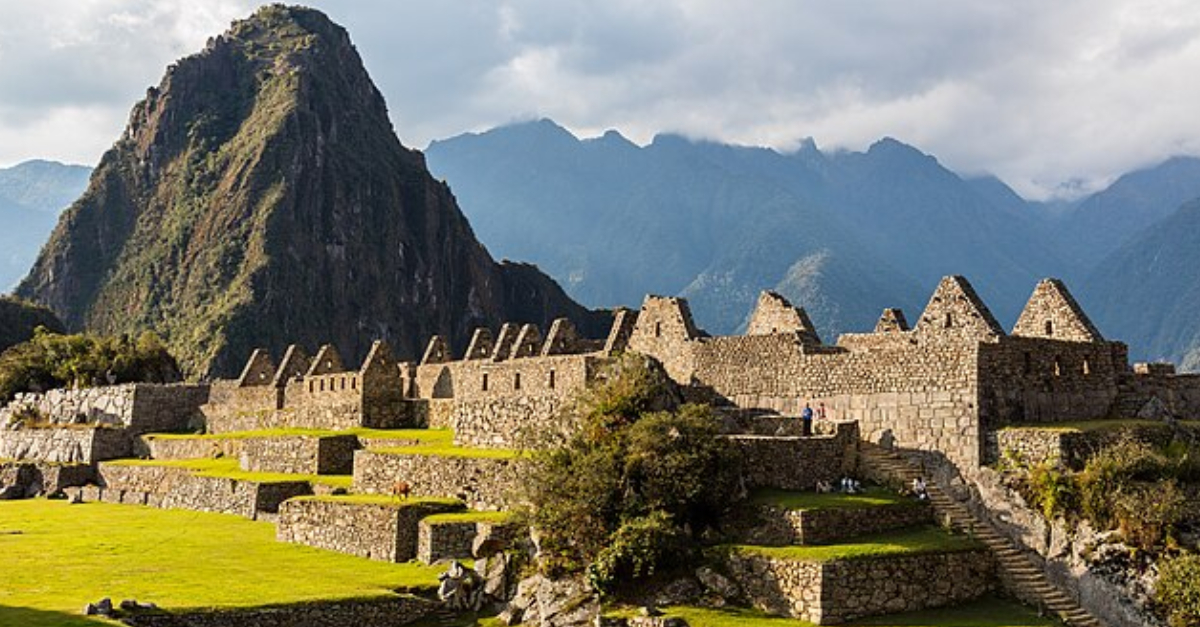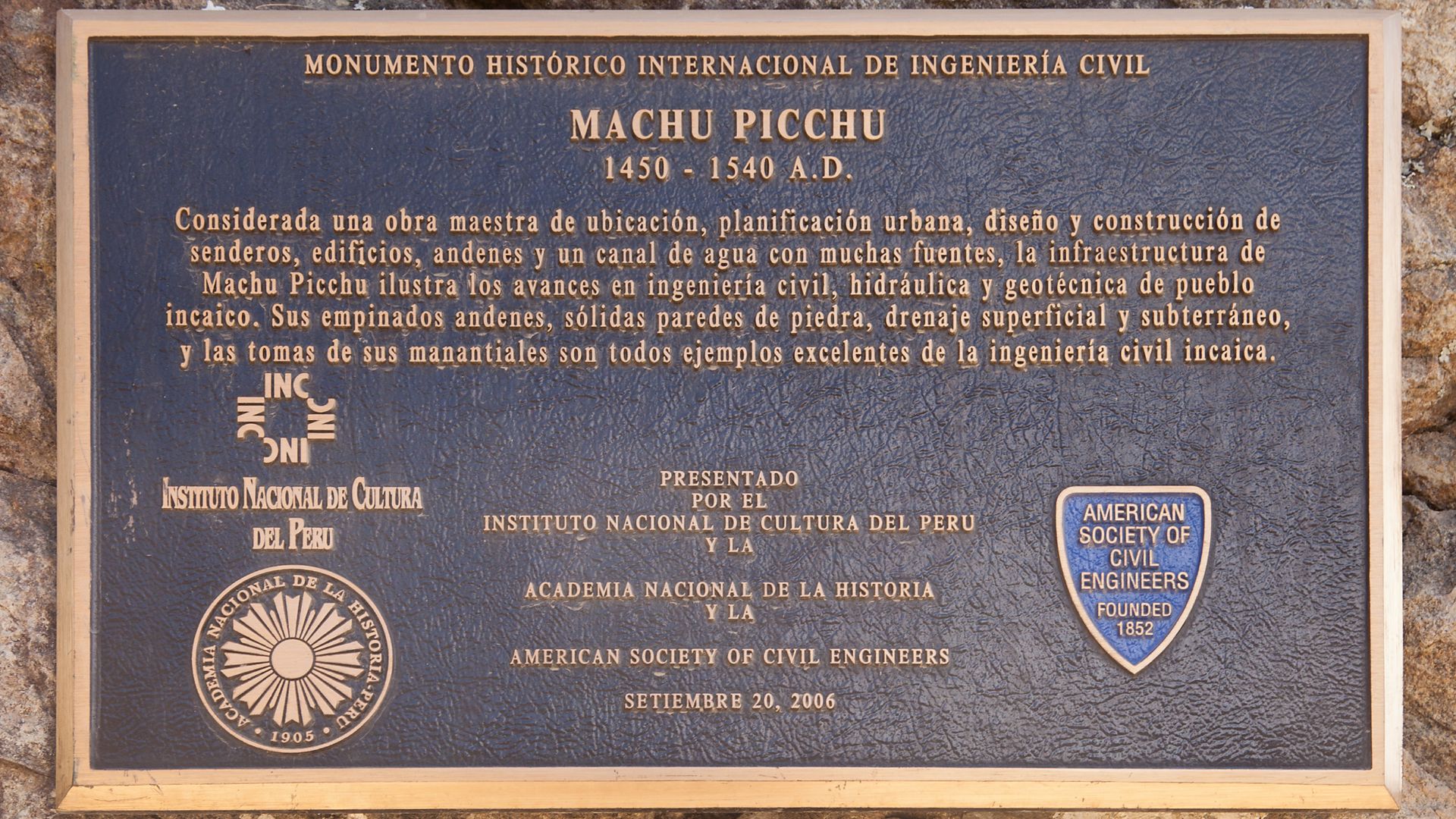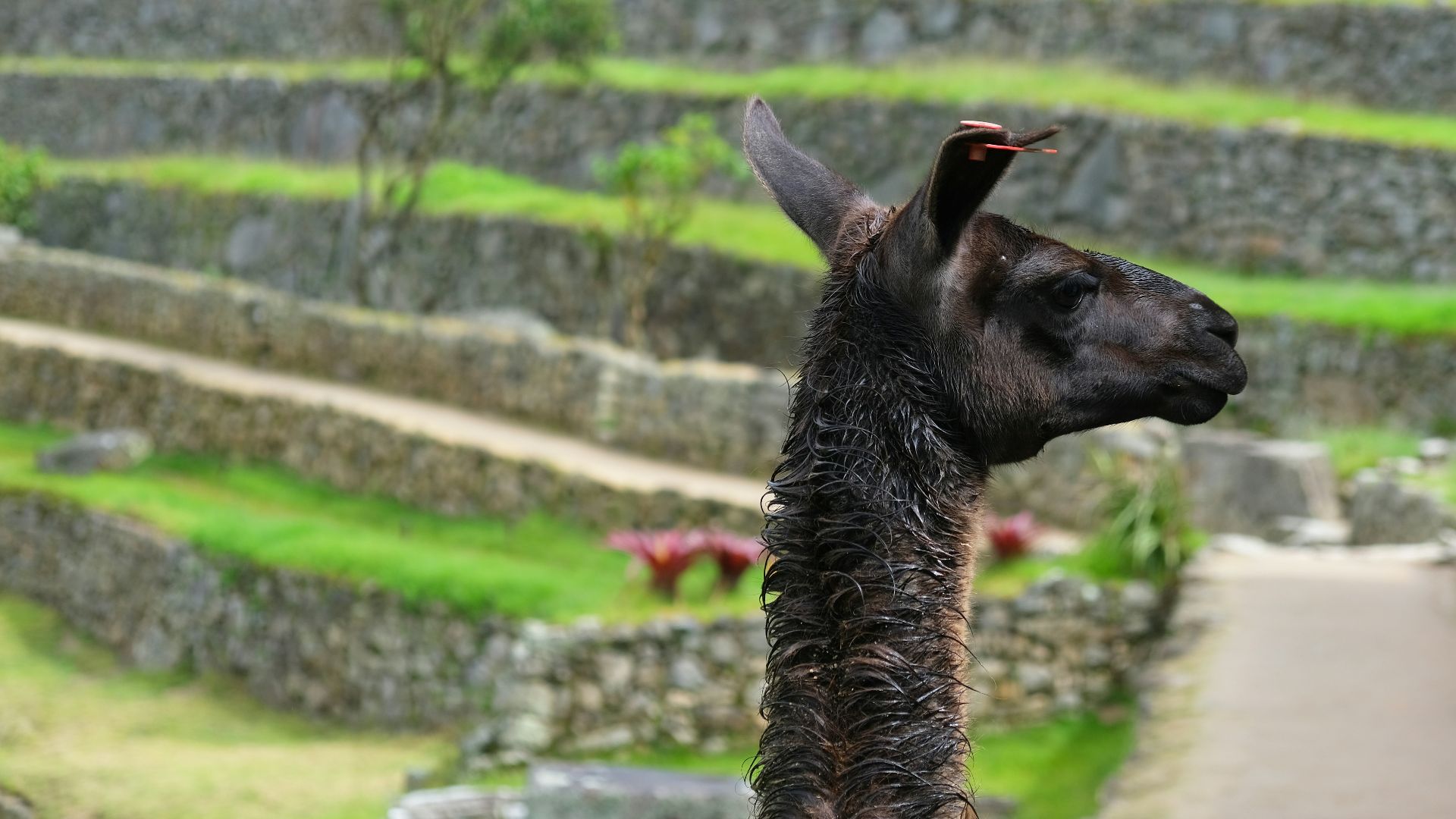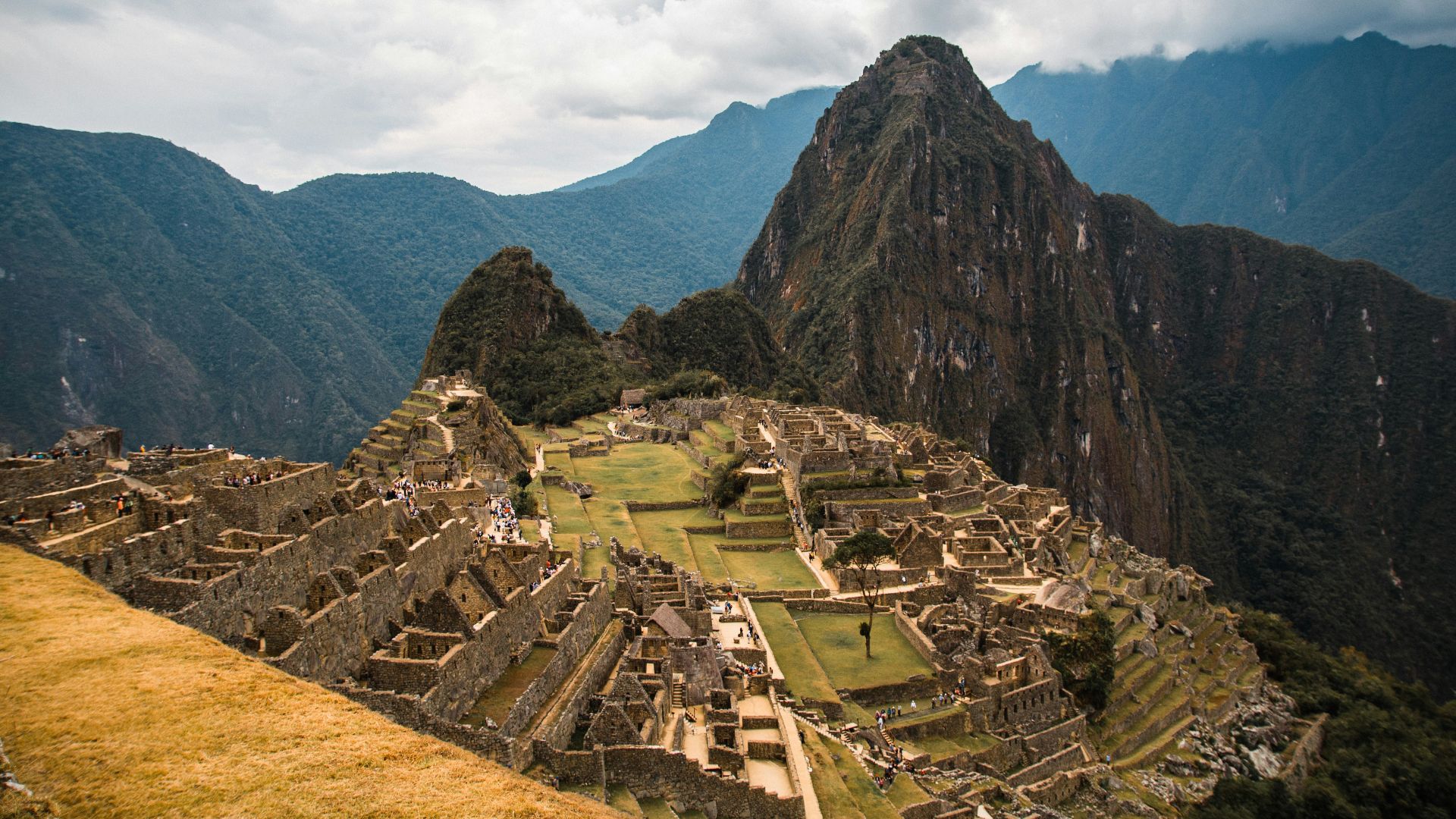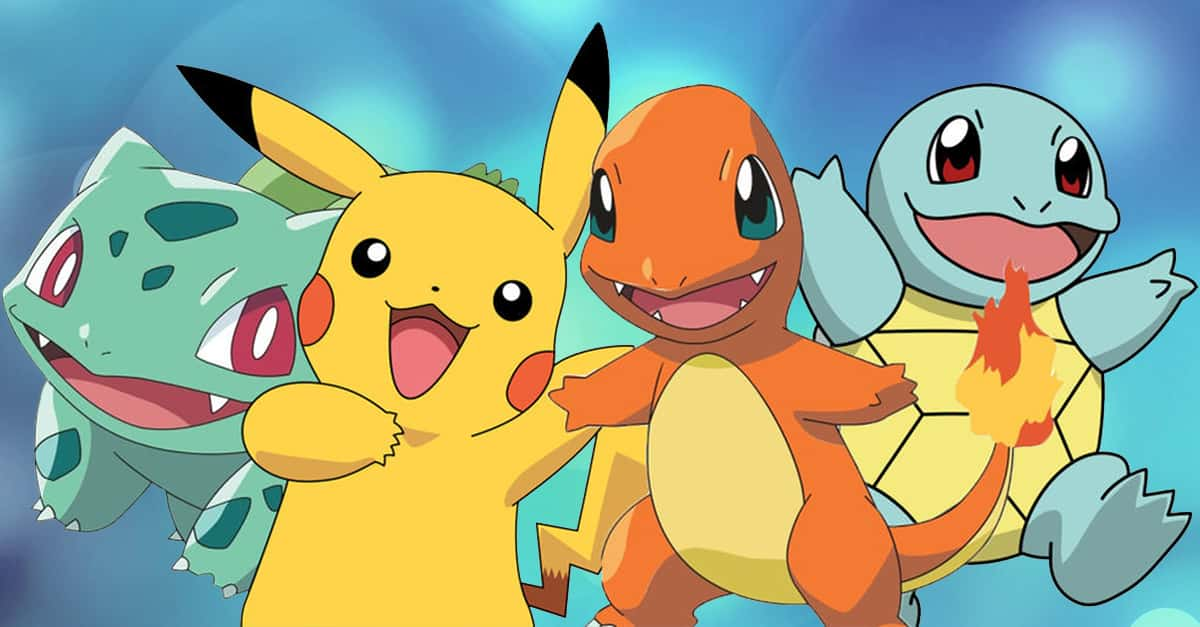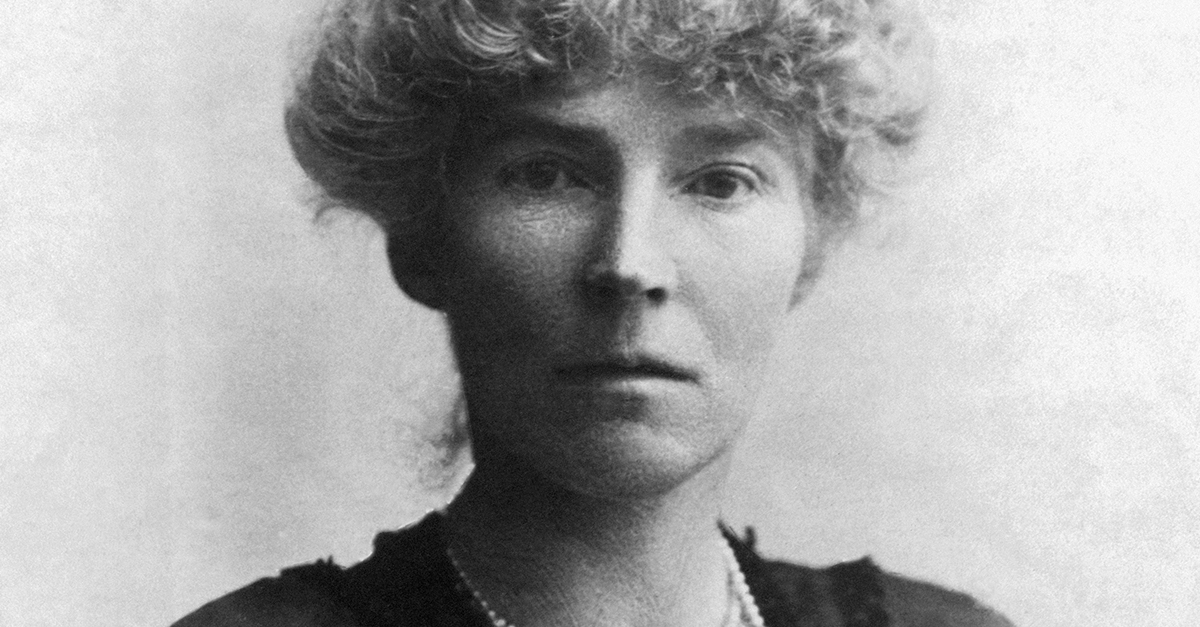The Wonder That Might Not Be Wonderful for Long
Machu Picchu has long been Peru’s crown jewel and one of the New Seven Wonders of the World. But here’s the twist: this mountaintop icon is now on the verge of losing its place on that exclusive list. The very wonder that millions dream of visiting could soon find itself downgraded. So, how did we get here?
Lost to the World for Centuries
Machu Picchu was built in the 1400s by the Inca but abandoned just a century later. Hidden high in the Andes, it slipped into obscurity, known only to locals. To the outside world, it was a secret city, cloaked in mist and mystery.
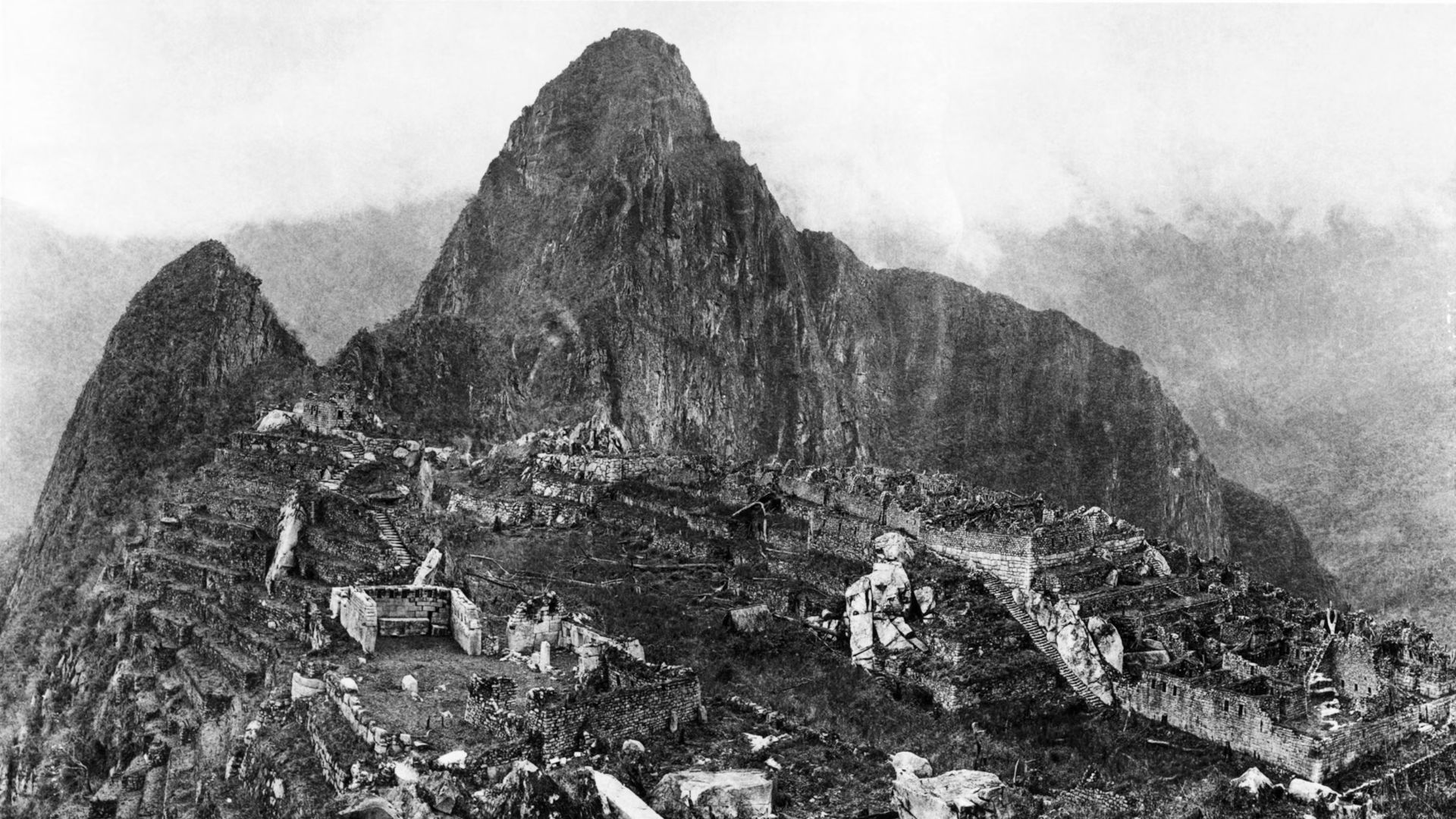 Hiram Bingham III, Wikimedia Commons
Hiram Bingham III, Wikimedia Commons
Rediscovery Changes Everything
In 1911, American explorer Hiram Bingham brought Machu Picchu to global attention. Suddenly, the “lost city of the Inca” wasn’t so lost anymore. Travelers, archaeologists, and eventually tourists poured in...and they never stopped.
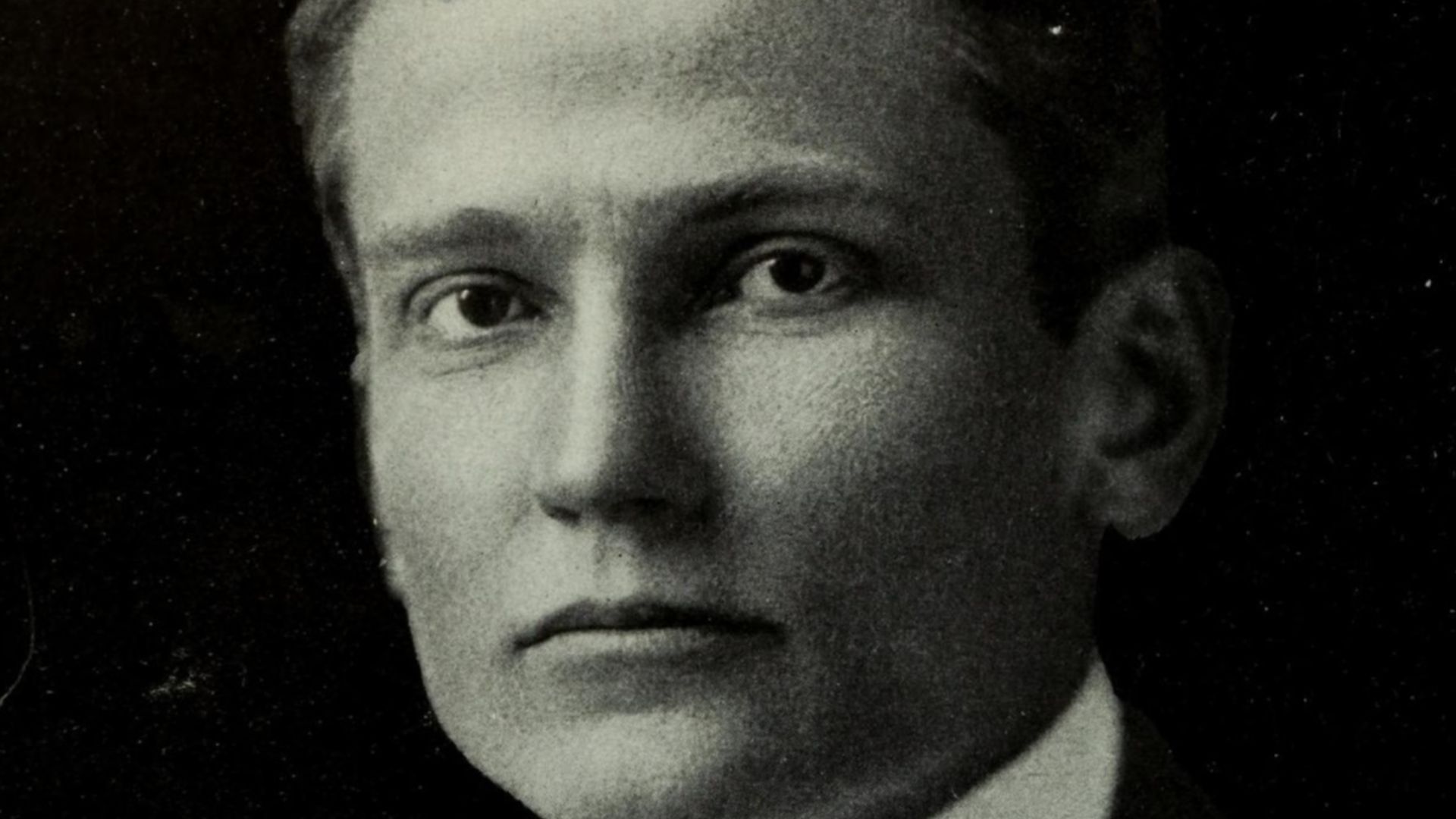 Unknown author, Wikimedia Commons
Unknown author, Wikimedia Commons
The Road to World Wonder Status
Fast-forward to 1983: UNESCO declared Machu Picchu a World Heritage Site. Then in 2007, it was voted one of the New Seven Wonders of the World, a title that cemented its place on bucket lists worldwide. But with that great fame came great responsibility—and problems.
A Wonder Overwhelmed by Crowds
Here’s where things started getting tricky. The site was designed for a few hundred Inca nobles, not thousands of sneaker-clad tourists. In recent years, annual visitors have topped 1.5 million. Imagine the wear-and-tear of centuries happening in just decades.
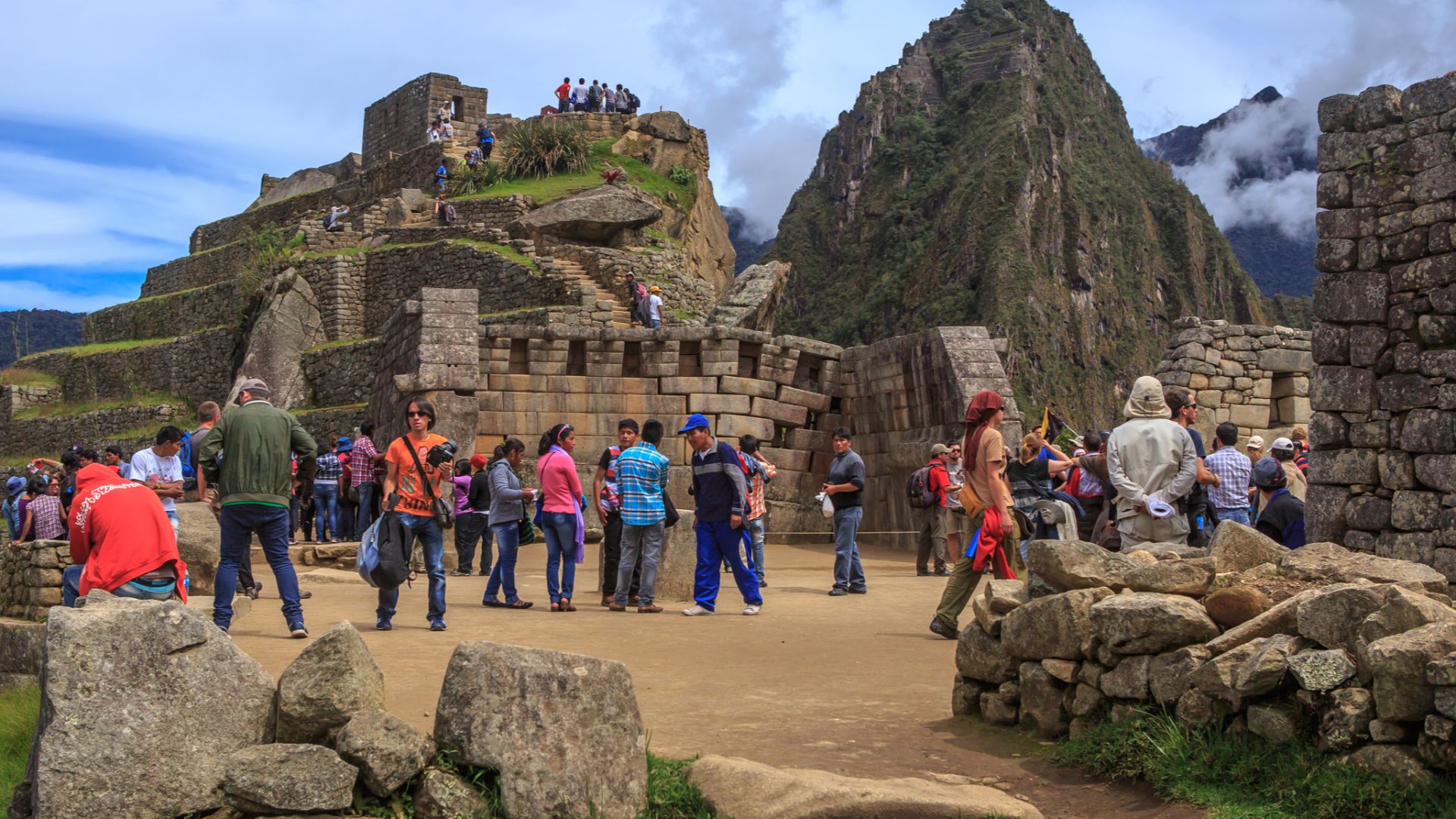 Murray Foubister, Wikimedia Commons
Murray Foubister, Wikimedia Commons
The Warning From UNESCO
UNESCO has kept an eye on Machu Picchu, and they’re not thrilled with what they see. Overcrowding, poor regulation, and environmental risks have led them to issue warnings. If Peru doesn’t act, the site could be added to UNESCO’s “endangered” list.
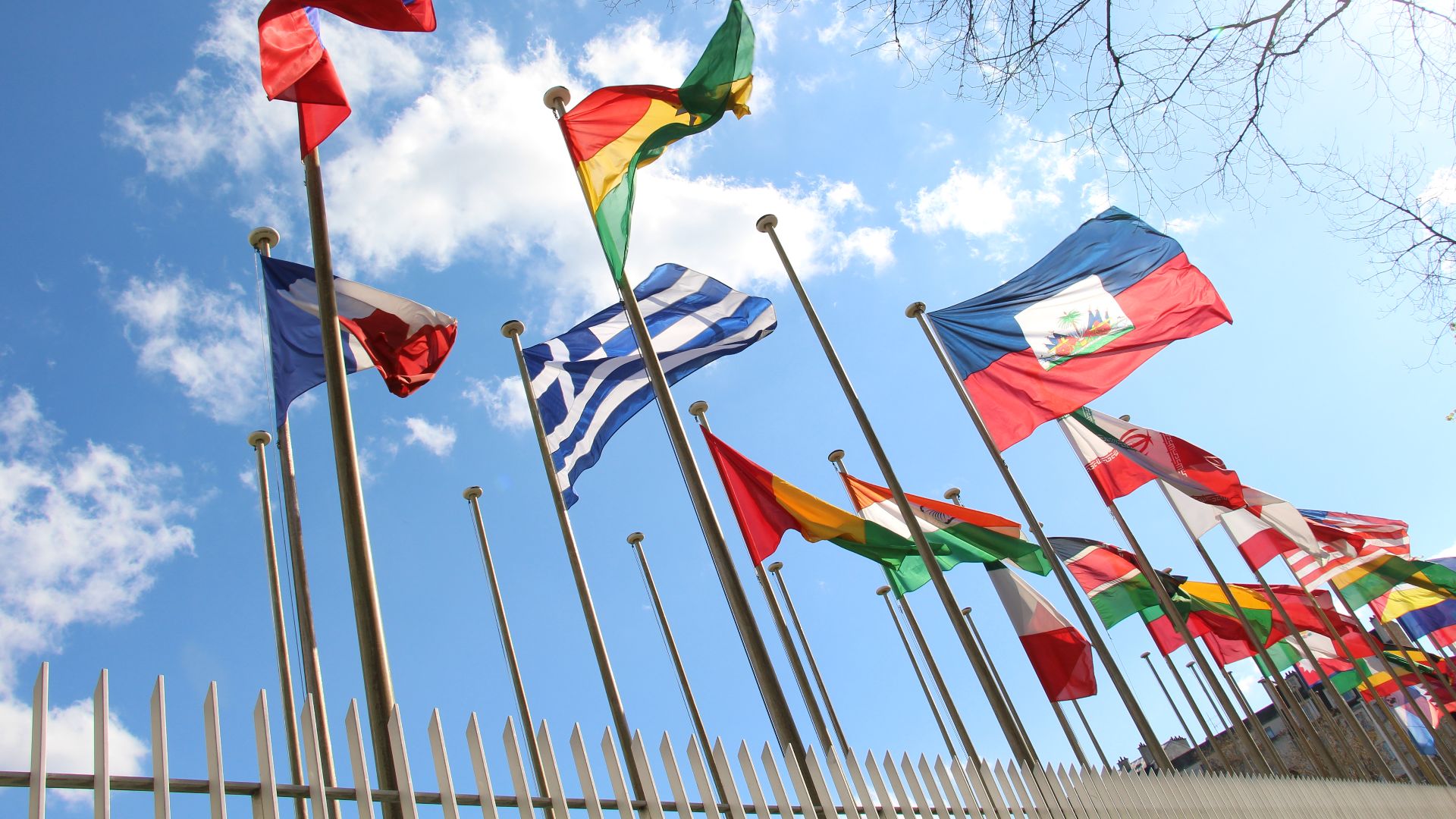 Fred Romero from Paris, France, Wikimedia Commons
Fred Romero from Paris, France, Wikimedia Commons
What’s an Endangered List?
It’s basically UNESCO’s way of saying, “Fix this, or else.” Sites on this list are at risk of losing their heritage status—and eventually, Machu Picchu could lose its coveted “World Wonder” title. For Peru, that would be a global embarrassment.
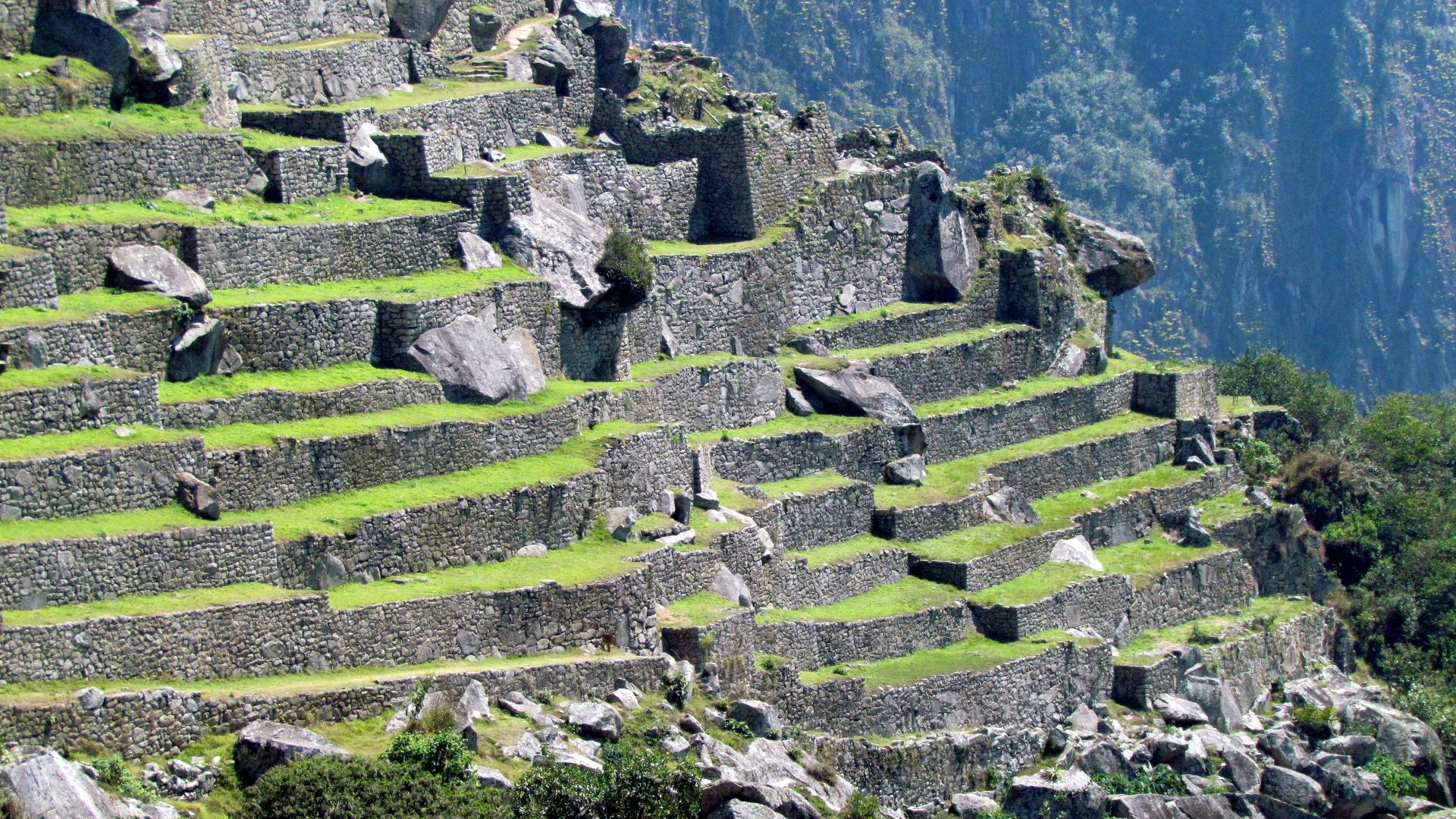 bobistraveling, Wikimedia Commons
bobistraveling, Wikimedia Commons
Trying to Limit the Damage
Peru has made efforts: ticketed entry slots, new rules for tour guides, even daily caps. But enforcement hasn’t been perfect. Tour operators push for more tickets, and crowds continue to strain the site.
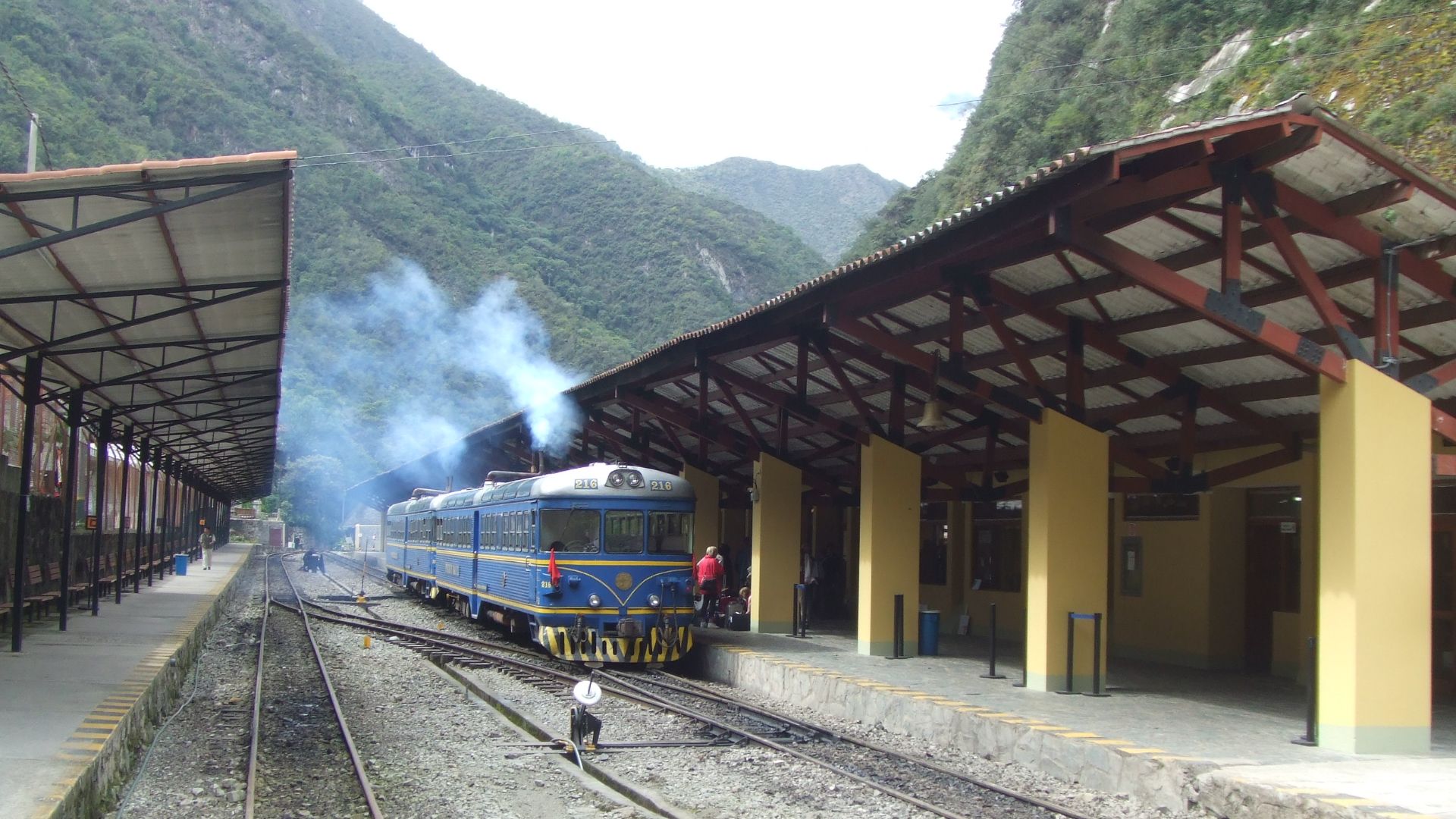 Hugh Llewelyn, Wikimedia Commons
Hugh Llewelyn, Wikimedia Commons
By the Numbers
Peru once capped daily entries at 2,244 visitors—a number meant to protect the fragile ruins. But demand kept climbing. Today, during high season, as many as 5,600 people are allowed in per day. It’s easy to see why UNESCO is nervous.
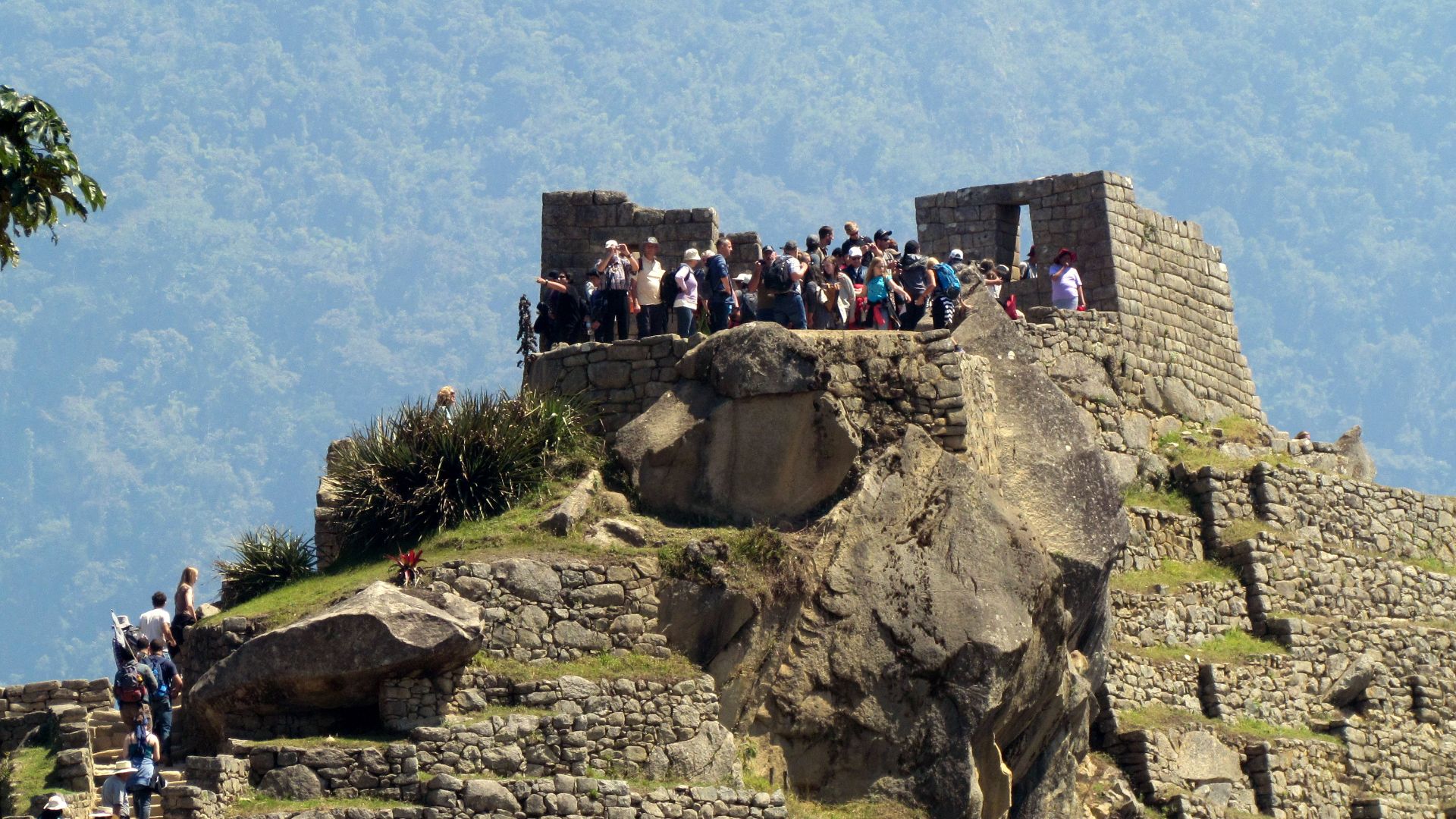 bobistraveling, Wikimedia Commons
bobistraveling, Wikimedia Commons
The Environment Joins the Fight
On top of tourists, nature itself is stressing the site. The Andes are prone to heavy rains and landslides. Combine that with climate change and fragile stonework, and the “city in the sky” faces threats from every direction.
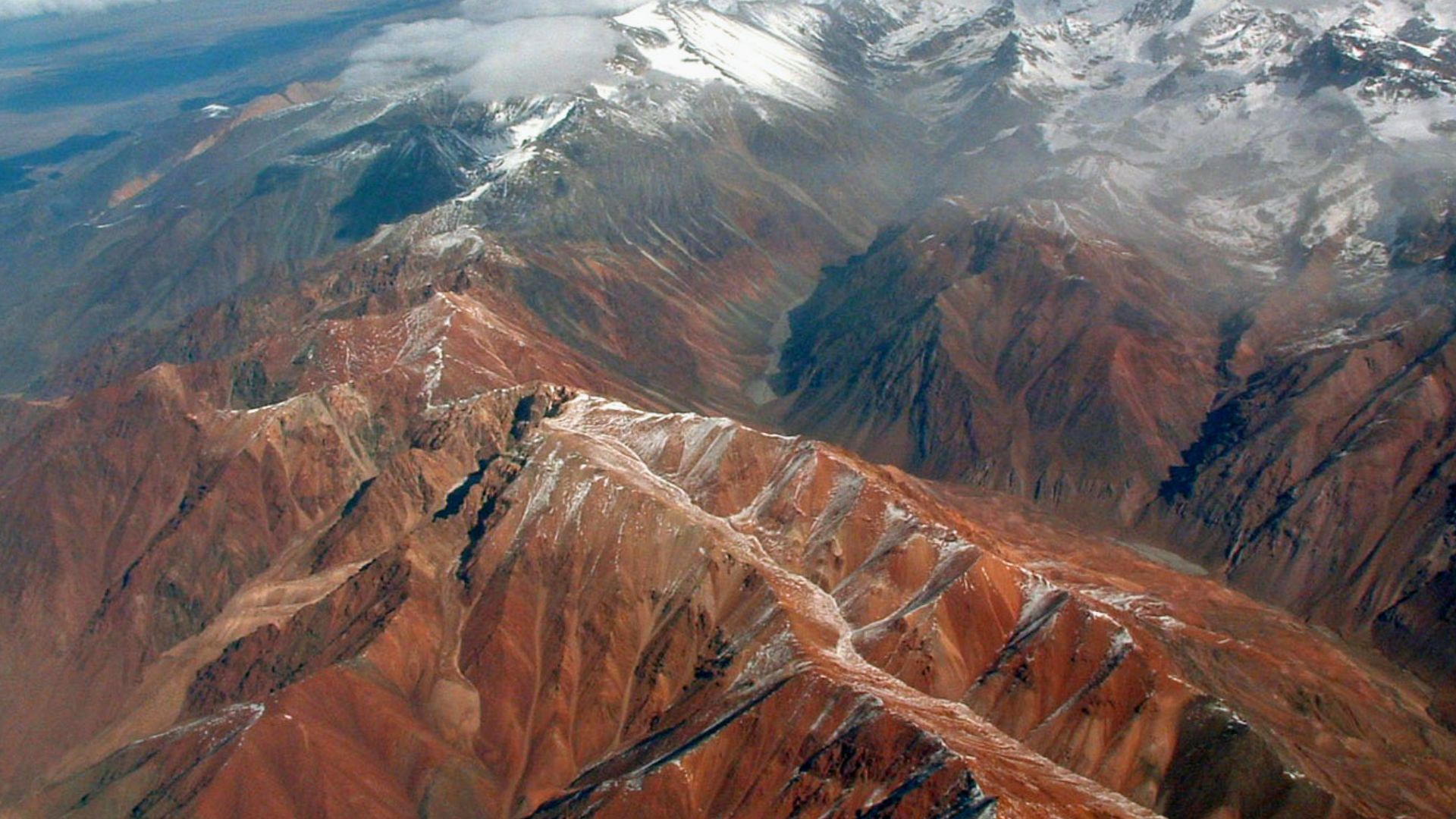 Robert Morrow, Wikimedia Commons
Robert Morrow, Wikimedia Commons
Footsteps Add Up
Think about it: every footstep presses on stones that have stood for centuries. Multiply that by thousands of people daily, and you’ve got structural strain, erosion, and gradual wear. As Peru’s national auditor put it, “Machu Picchu … is facing structural damage and ecological imbalance due to excessive tourism.”
 Pierre André Leclercq, Wikimedia Commons
Pierre André Leclercq, Wikimedia Commons
The Local Tug-of-War
Here’s the catch—tourism is Peru’s economic lifeline. Machu Picchu is the centerpiece, generating billions and sustaining thousands of jobs. Strict limits might save the site but hurt local livelihoods. Balancing preservation with survival is a constant struggle.
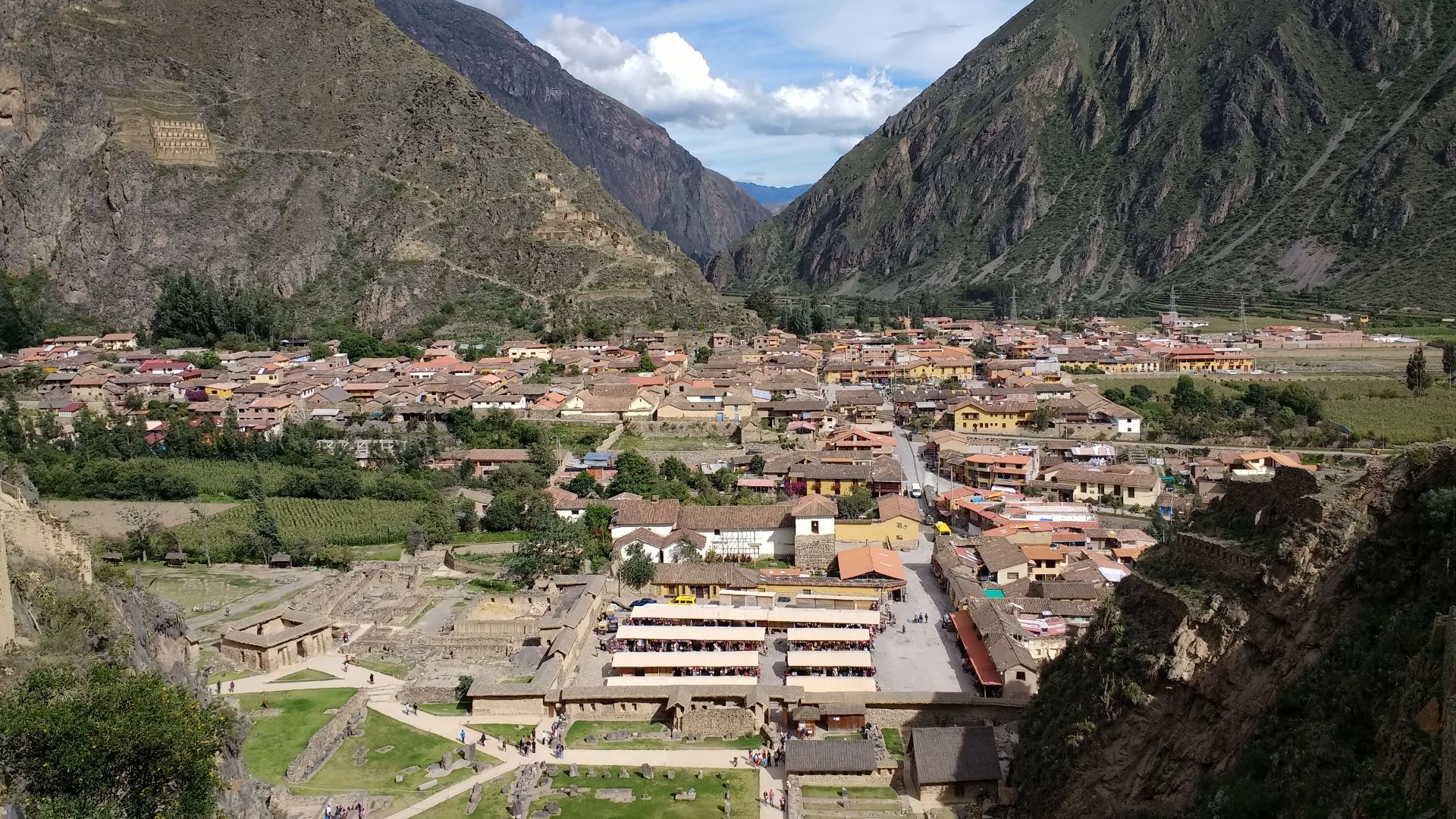 Mx._Granger, Wikimedia Commons
Mx._Granger, Wikimedia Commons
The Train to Trouble
The famous train from Cusco to Machu Picchu has made access easier—but it’s also funneled more tourists straight into the site. What feels like convenience for travelers has created bottlenecks and overcrowding at the gates.
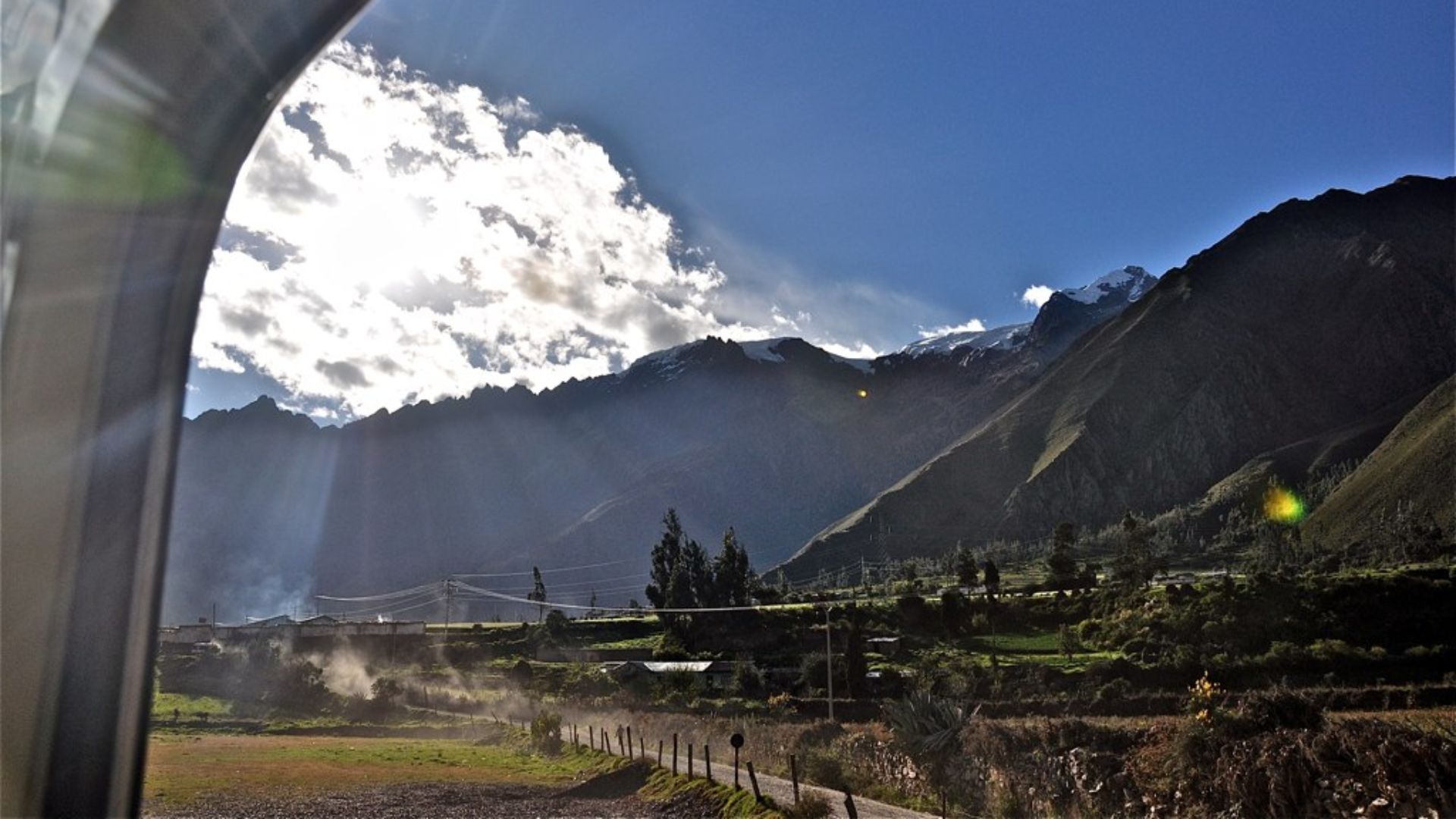 Jeff Nesanelis, Wikimedia Commons
Jeff Nesanelis, Wikimedia Commons
Technology to the Rescue?
Some experts are betting on tech: VR tours, digital reconstructions, and livestreams that let people “visit” without touching a stone. It sounds futuristic, but can virtual Machu Picchu really replace the magic of standing among the ruins?
 Holger Plickert (WMDE), Wikimedia Commons
Holger Plickert (WMDE), Wikimedia Commons
Looking to Neighboring Sites
Peru has other incredible Inca sites—Choquequirao, Ollantaytambo, Sacsayhuamán. Some officials hope tourists can be nudged toward these alternatives, spreading out the crowds and taking pressure off Machu Picchu. But will people settle for second best?
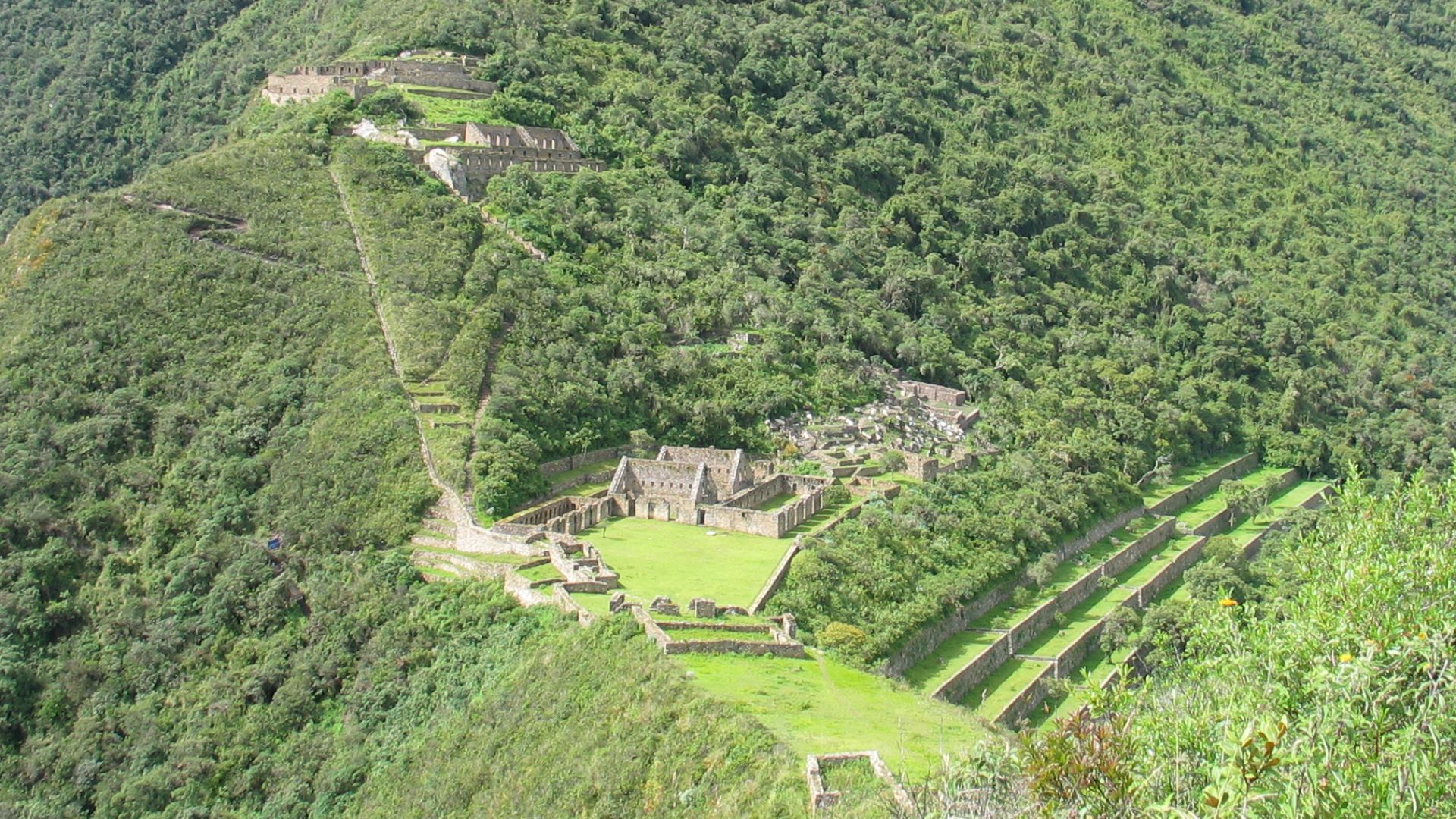 Bryan Dougherty, Wikimedia Commons
Bryan Dougherty, Wikimedia Commons
The Global Spotlight
Because Machu Picchu is a World Wonder, its problems aren’t just Peru’s problems. The world is watching. How Peru manages its star attraction will set an example for how we treat our shared heritage going forward.
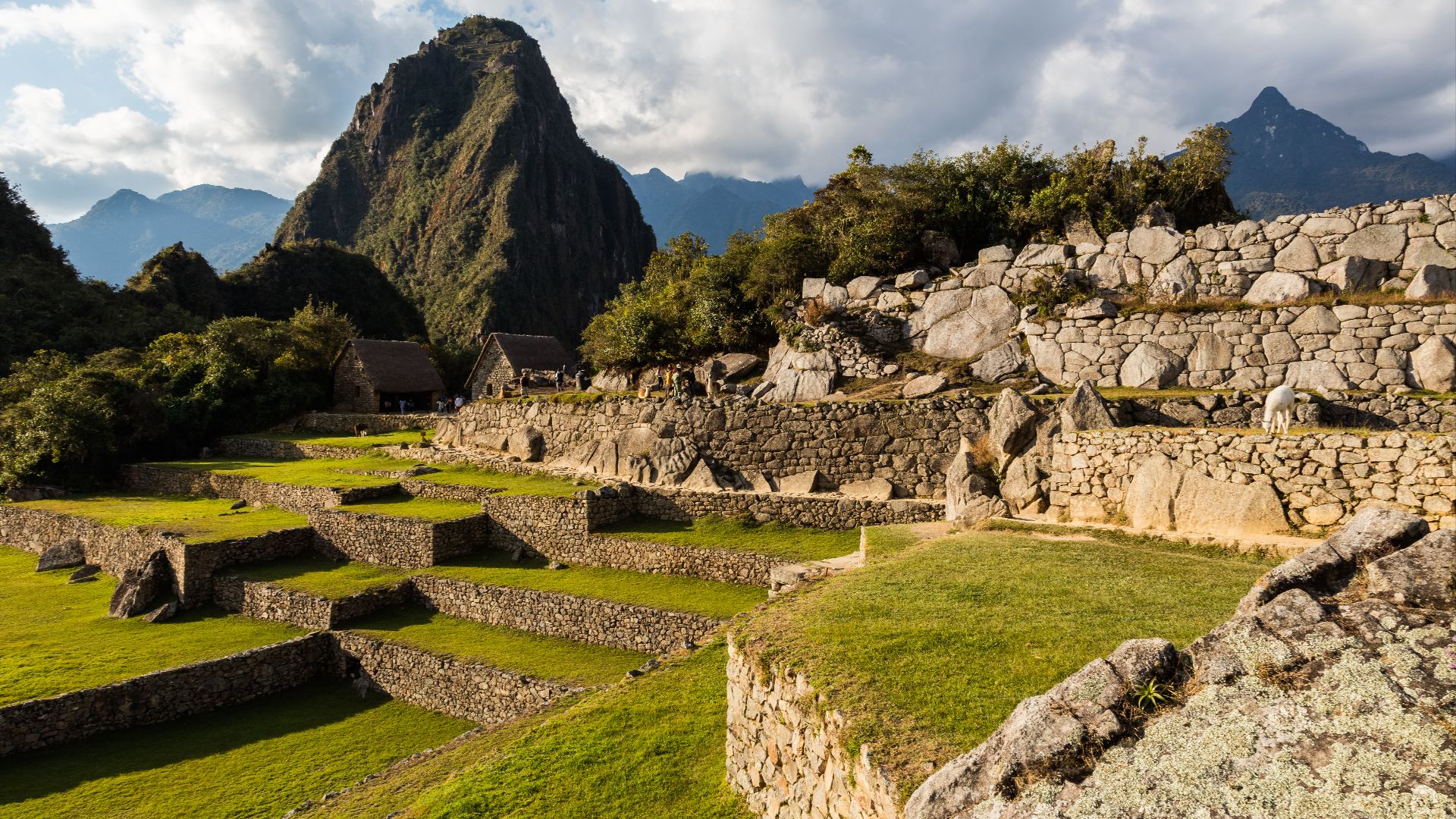 Diego Delso, Wikimedia Commons
Diego Delso, Wikimedia Commons
If the Title Slips Away
Losing World Wonder status wouldn’t erase Machu Picchu from history—but it would sting. That title is more than bragging rights; it’s global recognition. Without it, tourism could take a serious hit, reshaping Peru’s economy.
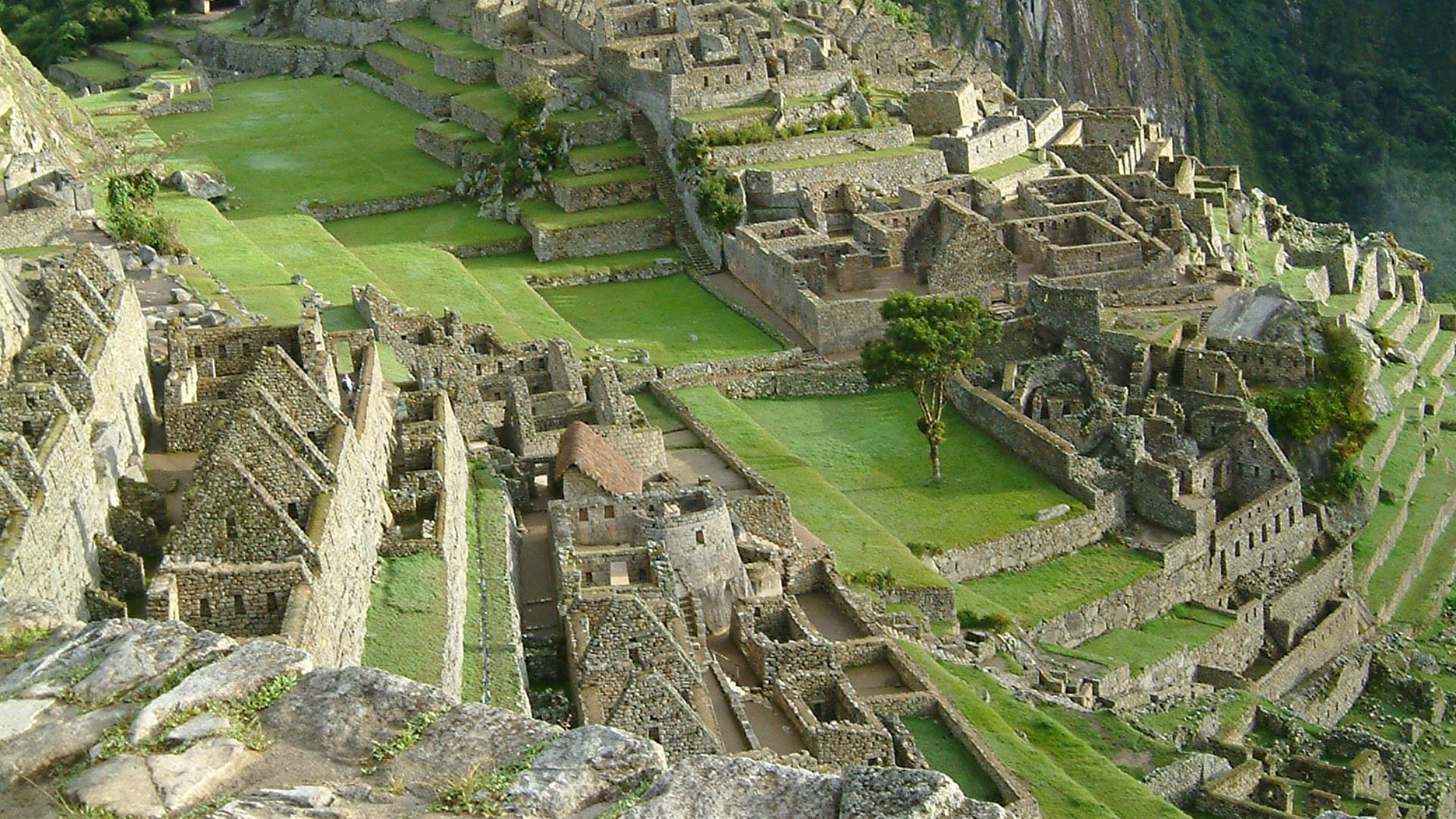 Allard Schmidt (The Netherlands), Wikimedia Commons
Allard Schmidt (The Netherlands), Wikimedia Commons
A Wonder That’s Still Magical
Despite the warnings, Machu Picchu remains breathtaking. Sunrise over the terraces, llamas wandering among the ruins, mist rising through the peaks—it’s a place that feels otherworldly. Which makes the idea of losing its Wonder title all the more heartbreaking.
Lessons From Other Sites
Other heritage sites—like Angkor Wat in Cambodia and Venice in Italy—have faced similar crises. Some survived by imposing strict visitor rules. Others continue to struggle. Machu Picchu’s fate could mirror theirs unless action is taken soon.
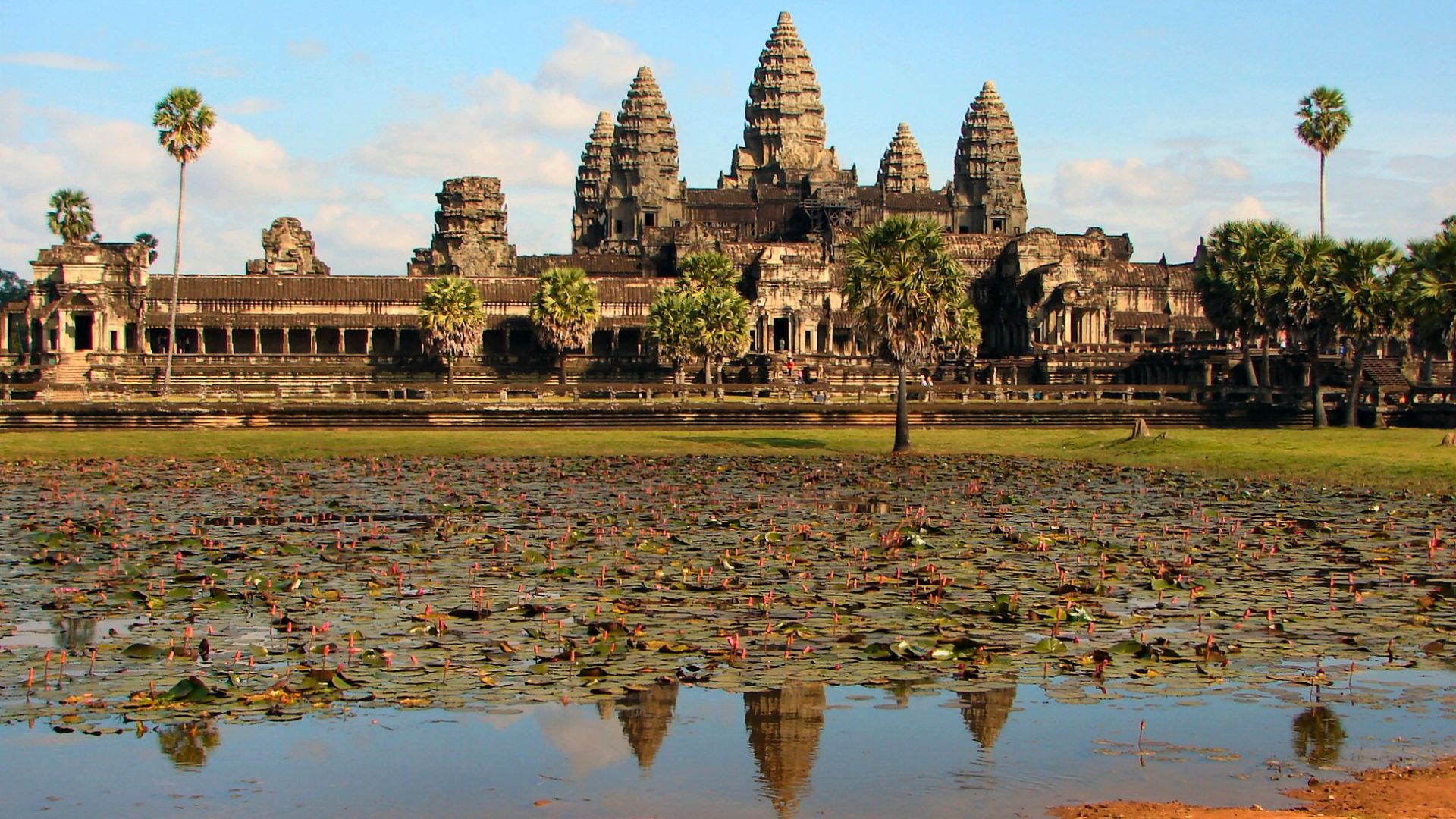 Bjørn Christian Tørrissen, Wikimedia Commons
Bjørn Christian Tørrissen, Wikimedia Commons
At the Crossroads
Machu Picchu now stands at a crossroads. Too many visitors and lax protections could strip it of its crown. Smarter preservation and innovative solutions could save it for generations. Which path it takes—well, that’s the cliffhanger.
A Wonder Worth Saving
One thing’s for sure: Machu Picchu is much more than stones on a mountain. It’s a story, a legacy, a true wonder that connects us to the past. Whether it keeps its World Wonder title or not is secondary to the fact that we, the world, has a stake in protecting it.
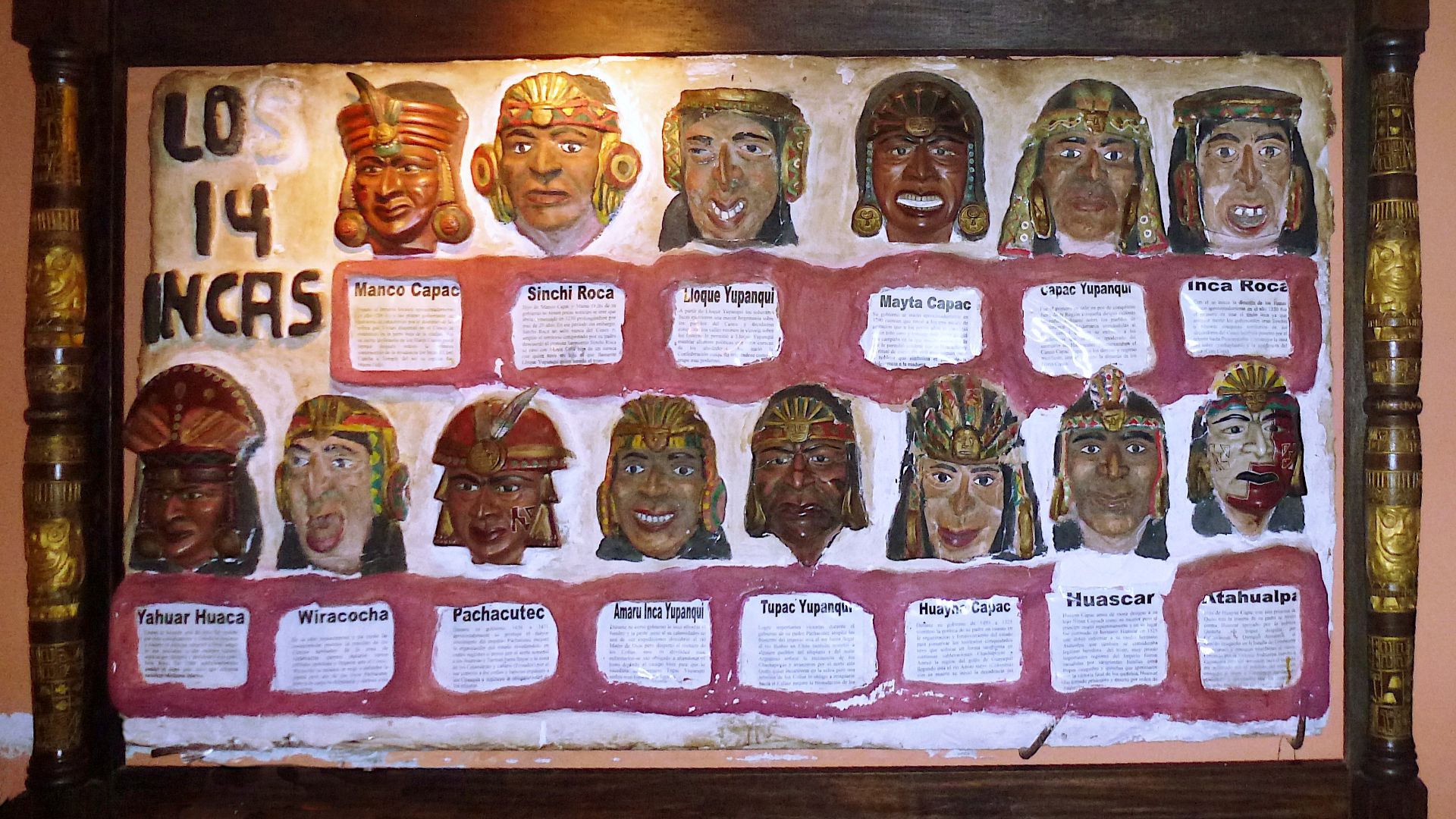 Pierre André Leclercq, Wikimedia Commons
Pierre André Leclercq, Wikimedia Commons
You Might Also Like:
Archaeologists Uncover Lost Civilization Under Water
The Most Dangerous Selfie Spots In The World
Archaeologists unearth rare terracotta warrior commander hidden for 2000 years

